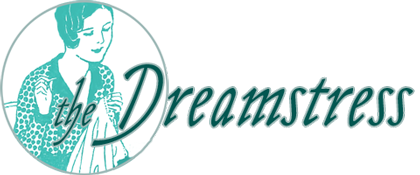Muff 2.0
Woohoo! My Squares, Rectangles & Triangles Historical Sew Fortnightly Challenge is done, and on time (and I have another one 7/8 done, so hopefully I’ll be posting about that on Thursday). May I present my not-at-all-historically-accurate Muff 2.0: I was inspired by late 18th century silk muffs, like this one (obviously without the mezzotint): I’m using this muff as a prototype for a class I’m teaching, so I focused on making it work in a modern context, and playing with the construction, rather than on historical accuracy, or even research, as I did with my fur muff. It was supposed to be a simple two-hour project, but I got a bit carried away when it came to trim. First I decided that none of the ribbons I had in my stash looked right with the fabric (and that was after I’d already spent about four hours rummaging through my stash trying to pick the right fabric and match fabrics), so I had to make self fabric strips to pleat round the muff. Because this was …
